-
The Craft Coffee Methods of Artisan Cafe
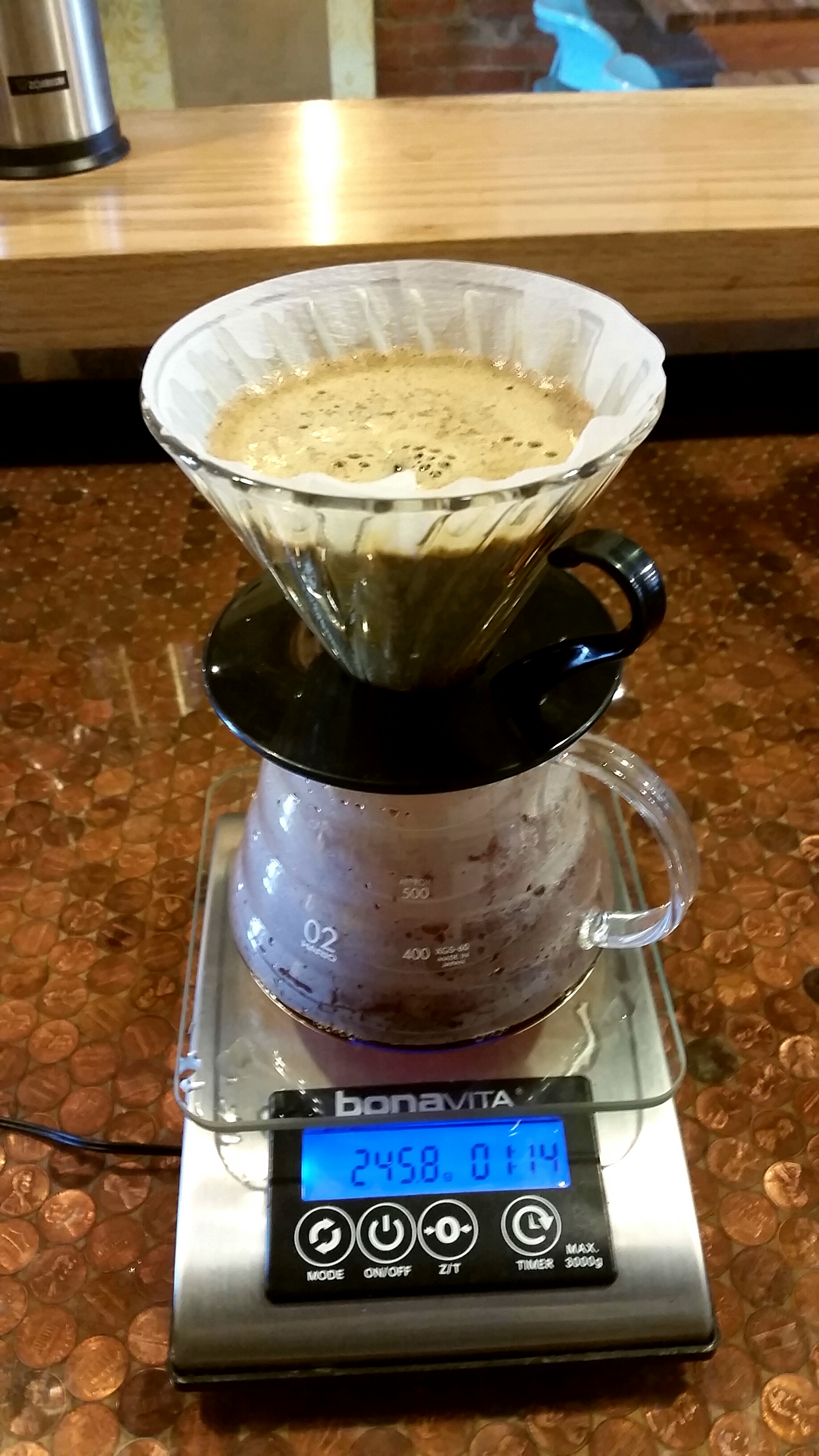
Pour Over
Pour Over coffee is a slow, manual method of coffee brewing in which you drip hot water through a filter-covered cone in an even, spiral motion. It is pleasant to watch the water slowly work its way down through the grounds. The results are very distinct; the flavor profile is bright and sweet, with subtle notes. If the coffee is made carefully and brewed correctly, you can actually taste the flower and the fruit.
Pour-over coffee requires quality beans, a certain kind of carafe, a special kind of kettle with a narrow, focused spout, and the patience to watch as small amounts of water work their way through the grounds. The spout produces a precise stream which instead of flooding the filter and letting it drip, releases a measured amount of water over a period of several minutes.
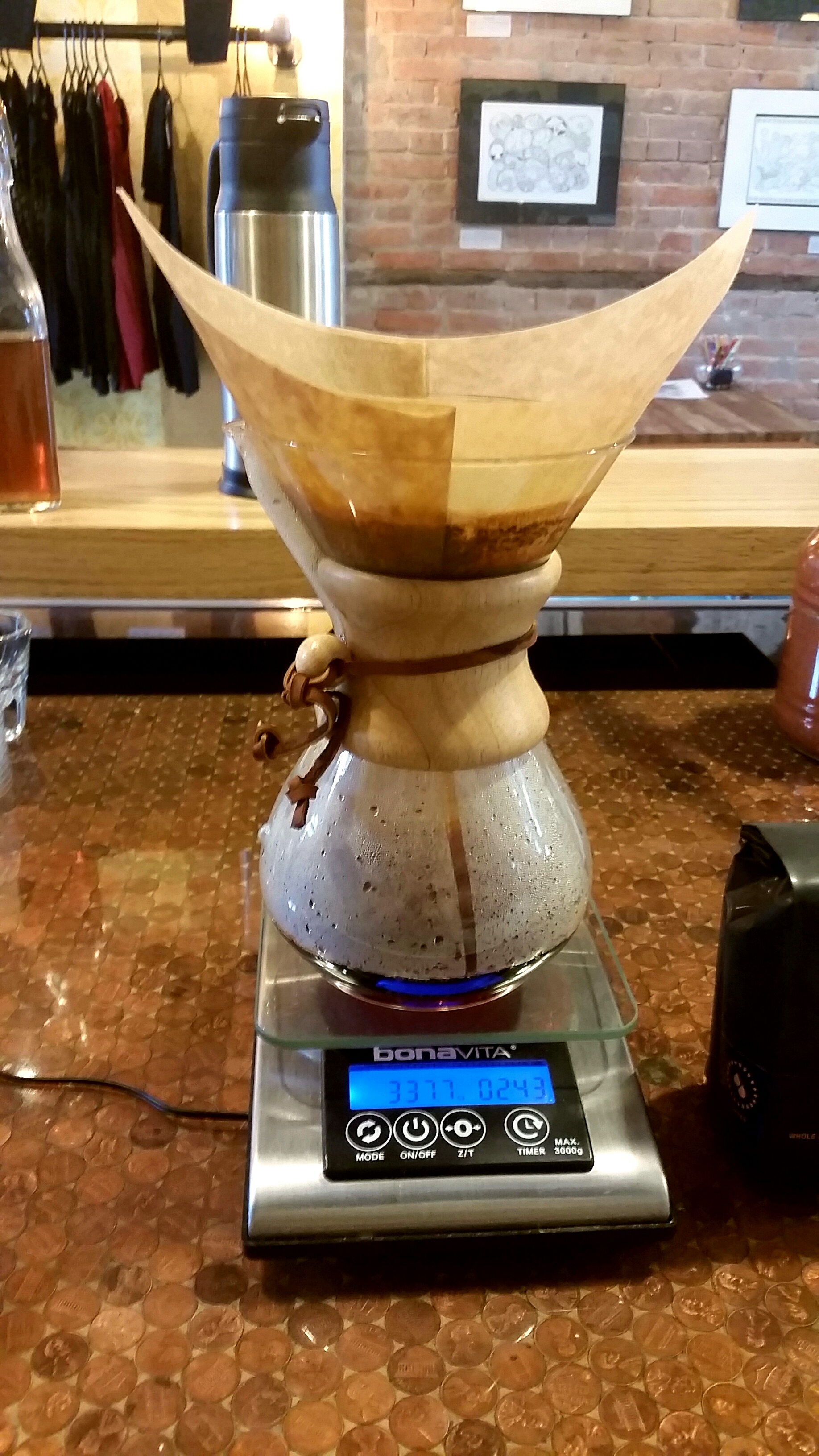
Chemex
The Chemex Coffeemaker consists of an hourglass-shaped glass flask with a conical funnel-like neck.
Because Chemex’s long neck encourages coffee to sit and soak in the filter longer, some say the coffee it brews is more robust.
As the thick paper filter sits flush against the walls of the server, water flows through the grounds more slowly and the dwell time is longer than other pour over methods.
The Chemex highlights the “higher” and “brighter” notes in coffee and yields a light, clean extraction with minimal sediment.
Bright, fruity coffees do very well in a Chemex. Additionally, the specialized filters may assist in removing cafestol, a cholesterol-containing compound found in coffee oils.
In 1958, the Chemex Coffeemaker was called “one of the best-designed products of modern times”. It is included in the permanent design collection of the Museum of Modern Art in New York City.
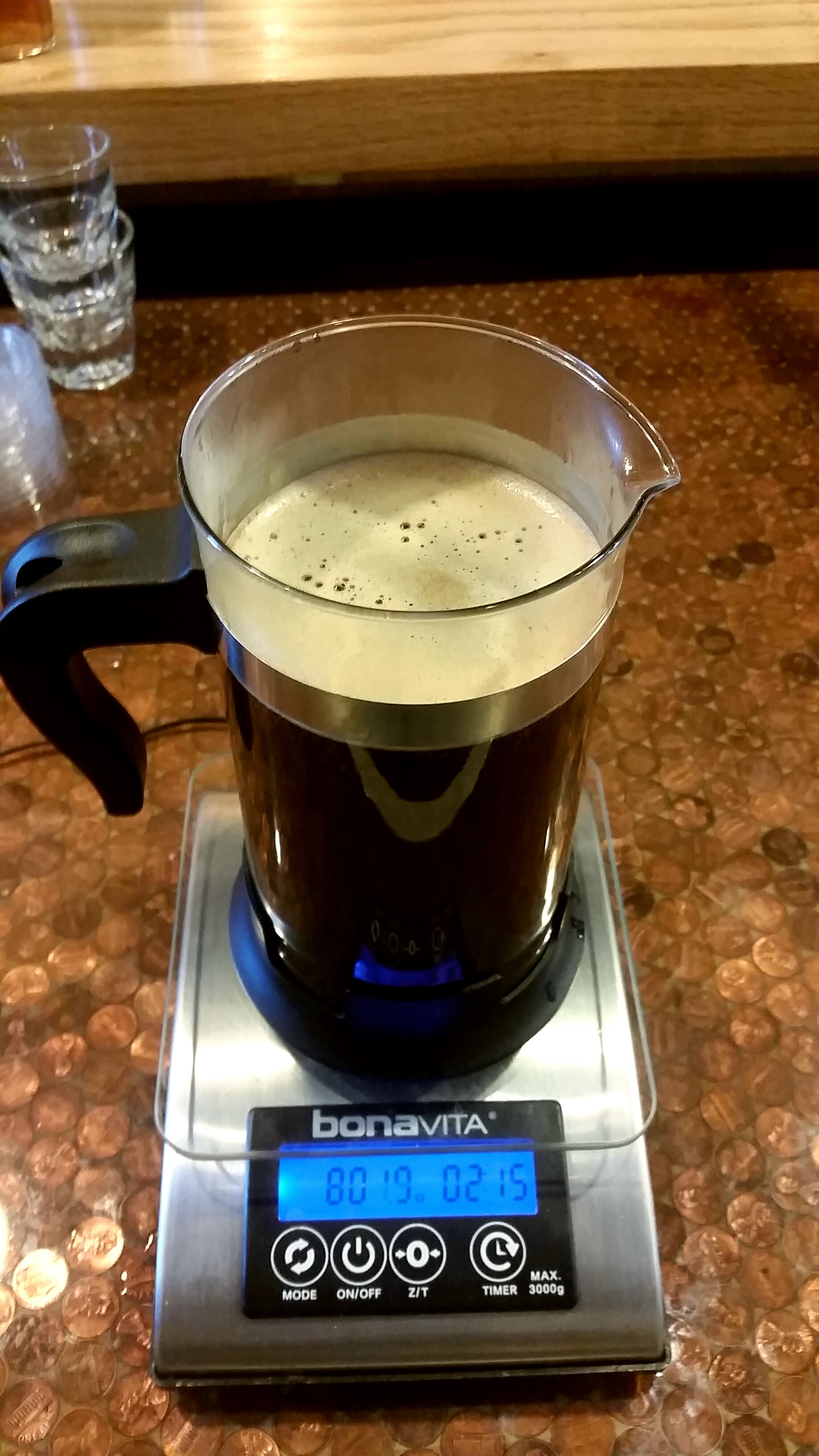
French Press
French press, also known as a сafetière à piston , is a coffee brewing device patented in 1929. It is ideal for making delicious cups of full-bodied coffee. Though initially patented in Italy, its popularity in France is what gave it its iconic name by which it is known across the world.
It is composed of a cylindrical pot with a plunger and built-in filter screen that presses hot water through ground coffee.
Cafetière à Piston requires coffee of a coarser grind, with about the consistency of sea salt granules. French press coffee yields a cup with a darker flavor and oily body. It’s better with coffees whose flavor is best highlighted by this process.
The French Press method allows the user to control the flavor profile and unfold the qualities of each roast by controlling crucial factors such as brew time and water temperature, ensuring that each cup is adapted to individual preferences.
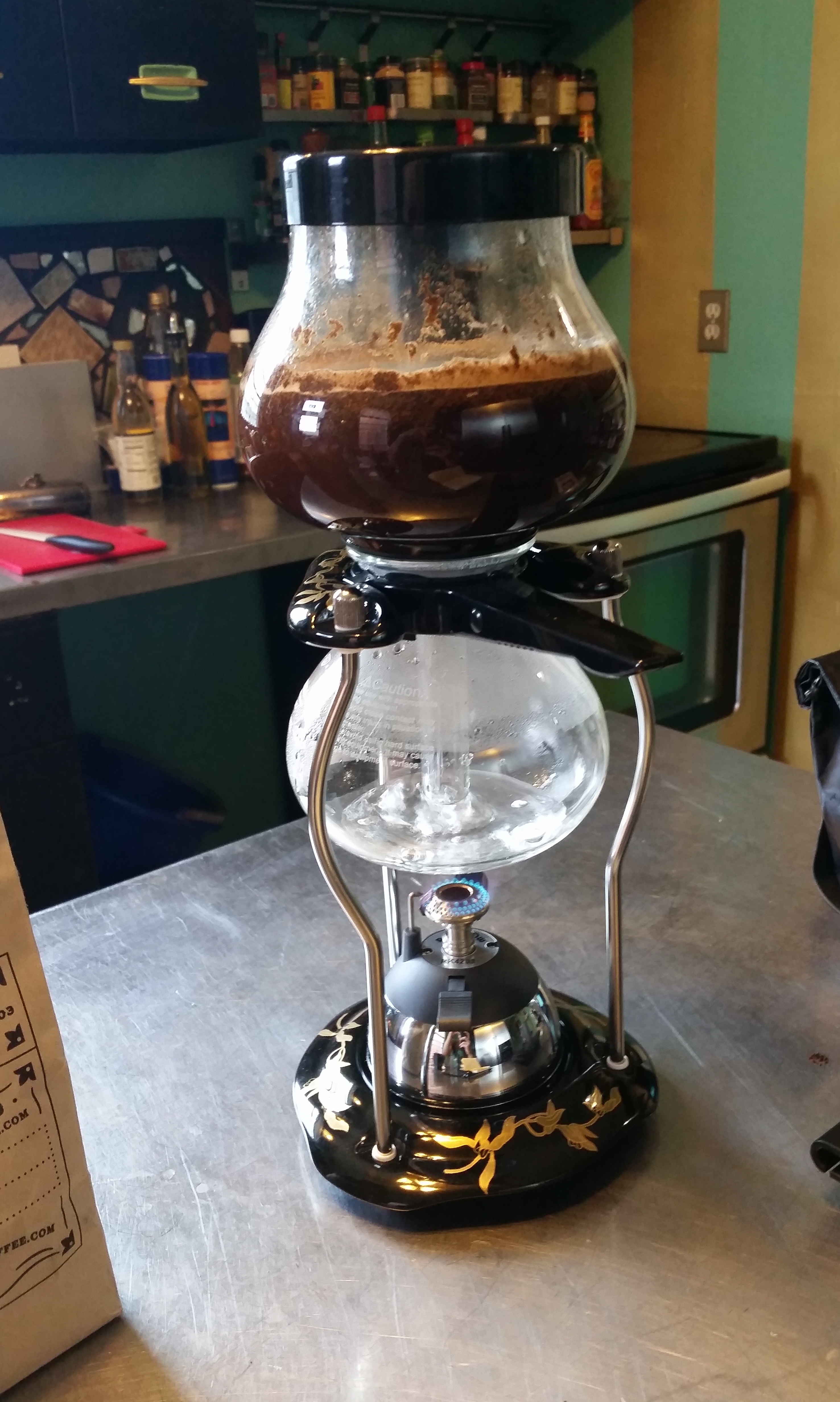
Siphon
Once called”the most theatrical of all brewing methods,” the siphon coffee method dates back to the mid 1800s, when the opinion that boiling coffee had a negative effect on its taste became more widespread. This led to experimentation with vacuums and vapor pressure. The earliest known patent for a vacuum coffee maker was filed in the 1830s, with variations on the theme developed in France, Scotland and America, as well as Japan.
Full immersion brewing brings out coffee’s fruity notes and yields a clean, refreshing cup. As opposed to metal-filtered presses, siphon coffee has minimal sediment.
Siphon offers control of many brewing variables, as well.
This is the way it works: There is a coffee pot on the bottom and a large tank on the top in which are placed the grounds. They are connected by a tube, with a coffee filter separating them. When heat is applied to the vessel at the bottom and the water boils, vapor pressure pushes water into the top chamber. There, the water mixes with the coffee grounds. Turning the heat down or off reduces the vapor pressure, and the coffee flows back down into the lower chamber, filtering the grounds out in the process.
Artisan Cafe utilizes state of the art equipment married with high quality coffee beans and knowledgeable baristas to provide you with the highest quality experience. Feel free to stop by and try a cup of coffee brewed with painstaking care using each of these specialized methods.
-
Slaying them all with love
Slayer intended to set a new precedent by designing a machine with a striking aesthetic that acted as both a practical tool and an elegant centerpiece. The result is iconic and unmistakeable.

The difference in a slayer is variable pressure control, which no other machine on the market currently has. The flavor profiling capabilities of Slayer Espresso are unparalleled. Each grouphead can be calibrated to distinct temperatures and flow rates in order to optimize extraction for all coffees.
Patented flow rate control enables one to push the espresso shot extraction time from around 30 seconds to a minute without over extracting the coffee.
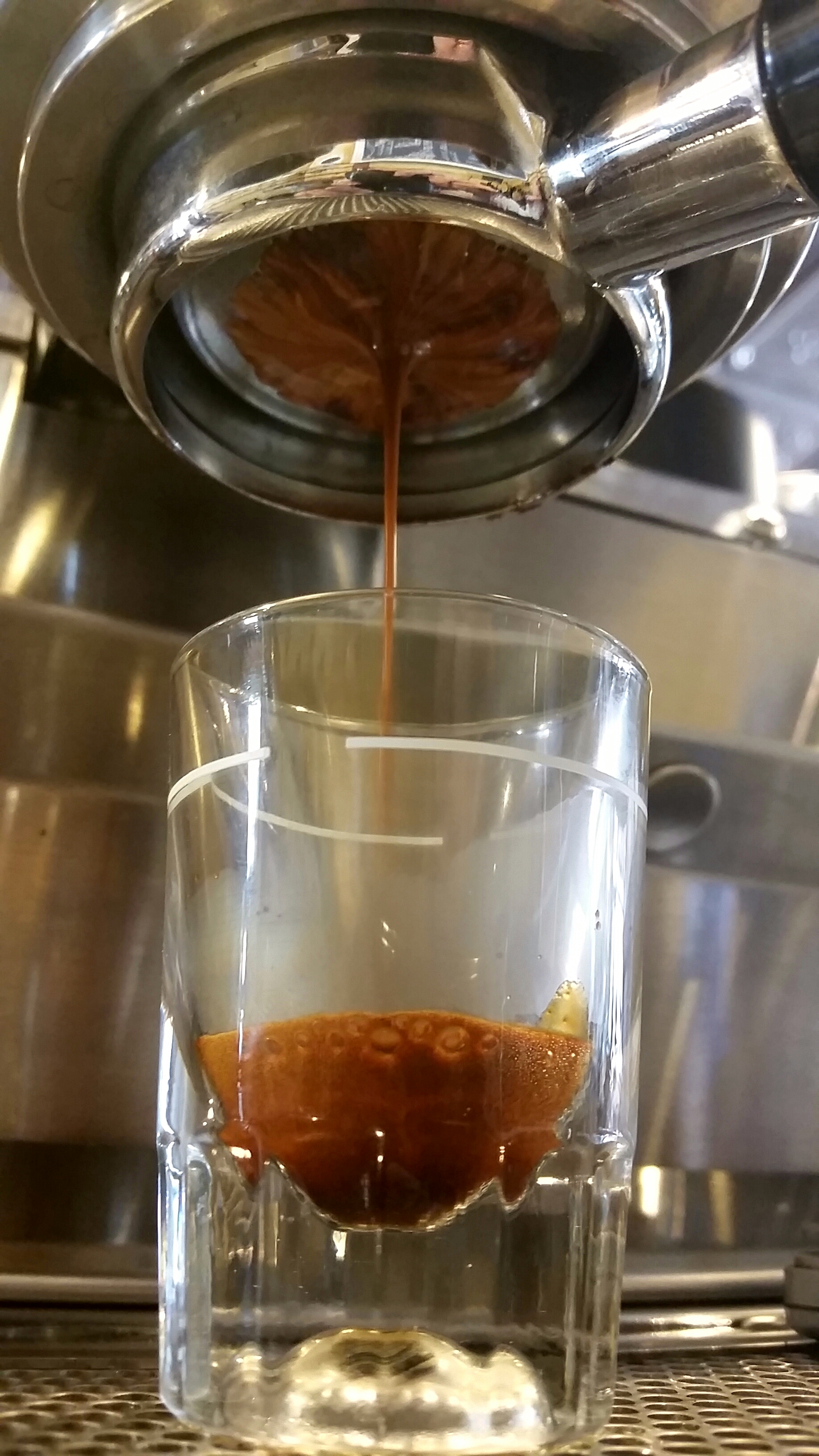
The gives a higher viscosity to the shot, providing it with more body which makes it easier to use high-quality single origin beans. Typically, espresso blends include an agent bean whose main purpose is to add viscosity. With a slayer machine this no longer is necessary, enabling the barista to utilize high quality single origin beans for their espresso.

By putting every variable in their hands, it enables the barista to produce espresso drinks that are fine-tuned to personal tastes.
When you come to visit Artisan Cafe, you will experience for yourself the subtlety and richness of this gourmet process.
Slayer intended to set a new precedent by designing a machine with a striking aesthetic that acted as both a practical tool and an elegant centerpiece. The result is iconic and unmistakeable.The difference in a slayer is variable pressure control, which no other machine on the market currently has. The flavor profiling capabilities of Slayer Espresso are unparalleled. Each grouphead can be calibrated to distinct temperatures and flow rates in order to optimize extraction for all coffees.Patented flow rate control enables one to push the espresso shot extraction time from around 30 seconds to a minute without over extracting the coffee.The gives a higher viscosity to the shot, providing it with more body which makes it easier to use single origin beans for espresso. Typically, espresso bean blends include an agent bean whose main purpose is to add viscosity. With a slayer machine this no longer is necessary, enabling the barista to utilize high quality single origin beans for their espresso.By putting every variable in their hands, it enables the barista to produce espresso drinks that are fine-tuned to personal tastes. -
LET’S TALK COLD BREW.
Over the last few years, cold coffee drinks have risen in popularity. In the opinion of many coffee connoisseurs the brewing methods yield a richer, fuller cup, which has led to it being favored by many gourmands.Some sources claim that cold distillation originated in an ancient Peruvian process while others state that it was introduced by Dutch traders from Indonesia in the 1600s into Japan.
In Artisan Cafe, our cold brew coffee is made using Kyoto Towers.

These towers are popular for making cold brewed coffee in Japan, originating in the Kyoto/Kansai region, from which they derive their name. This style of brewing coffee has recently become more popular in the US. Although the process requires patience, the result is a rich brew with very minimal acidity and a naturally sweeter taste profile with flowery overtones.It is often seen as having a cleaner taste compared to the more common Toddy method which involves steeping the grounds in water instead of having water slowly drip through.
Exposing coffee grounds to hot water releases oils that do not dissolve at lower temperatures. These oils, full of acidic compounds, are what give coffee its bitter taste. Because of that bitterness acid-shock occurs, which prevents the tongue from sensing the subtle nuances of the coffee’s flavor profile. Without the excess acidity, the burnt flavor of hot-brewed coffee is eliminated. The reduced acid cold brew has approximately 67% less acidity than hot-brewed coffee, making it easier to drink and healthier for the stomach and teeth.
Since cold-brewing produces a low-acid drink, coffee’s other flavors are more readily detected. The deep chocolate, nutty, and fruity undertones come to the forefront of the flavor of cold-brewed coffee, and won’t change over time. With temperature change comes change in taste, but because cold-brewed coffee eliminates most of that change, flavor is locked in, with more innate sweetness.
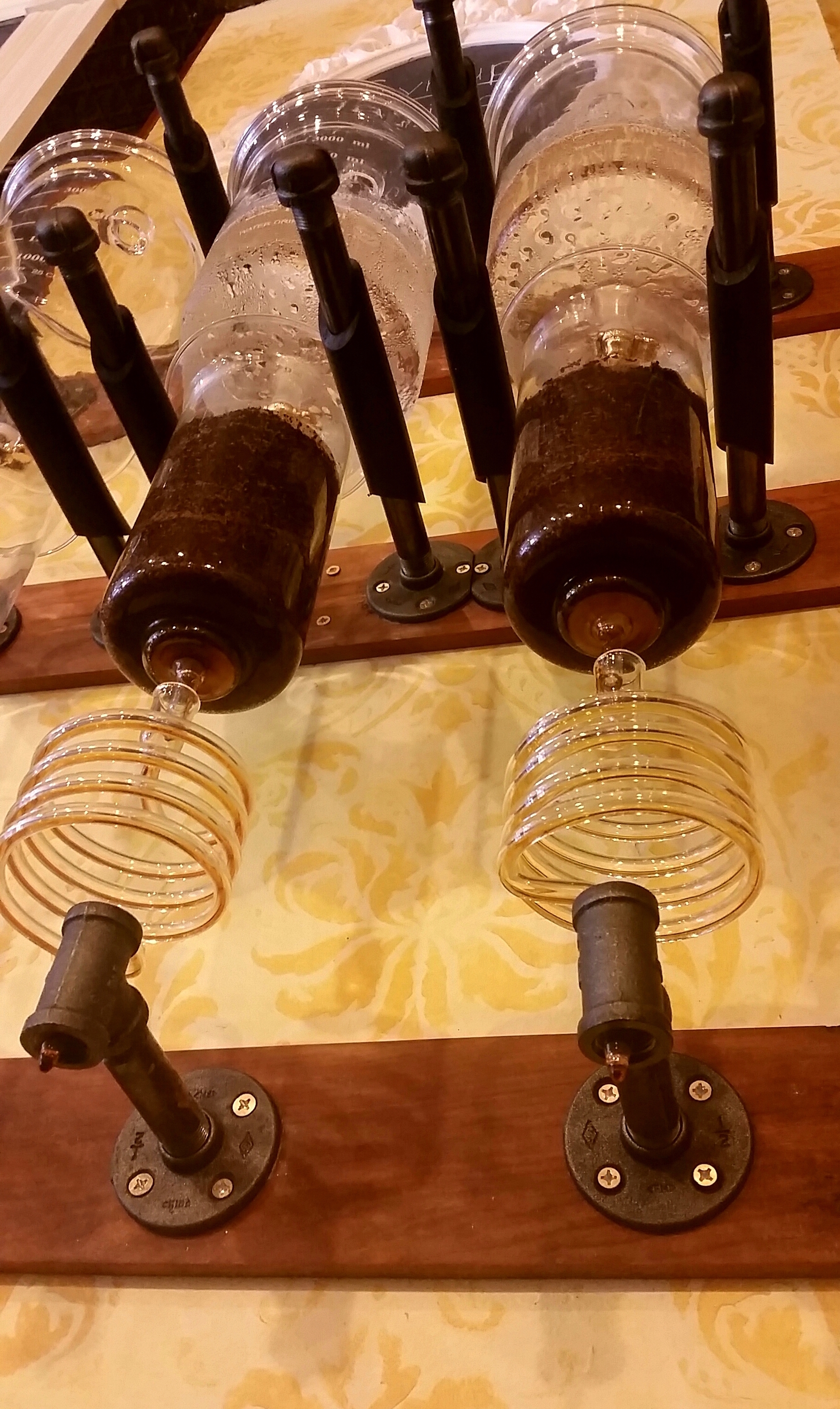
The process starts with a pre-infusion and thorough flooding of the coffee grounds with ice cold water. The water is put into a separate chamber above another chamber through which it gradually drops down, saturating the bed of coffee grounds. This saturation helps to prime them for the extraction process. After this is done for about 30 minutes the brewing process begins, one drip at a time. In the next phase of this slow journey, the coffee travels down through spiraling coils, ultimately extracting into the lower vessel over a period of about 12 hours.
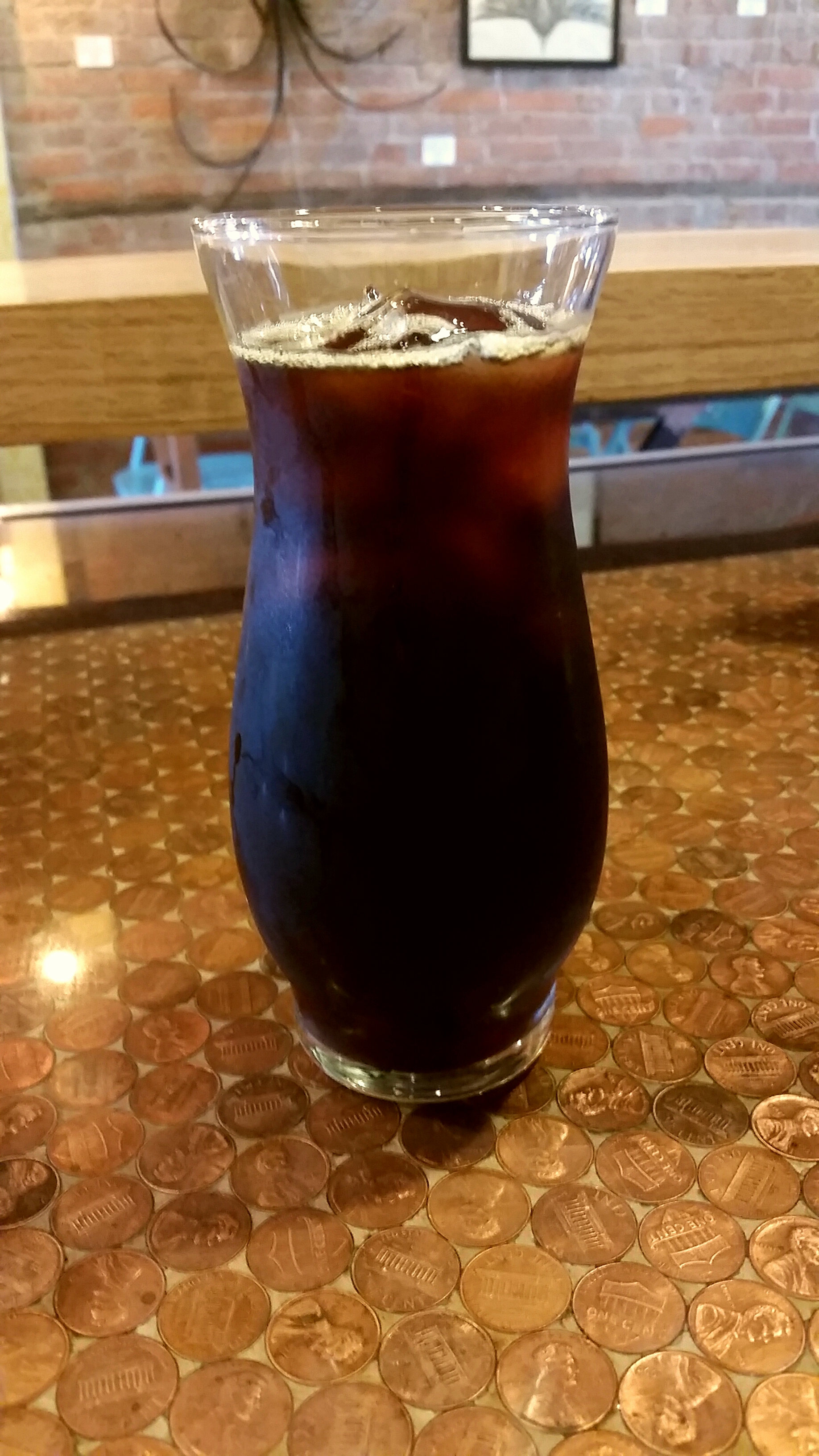
The end product is a smooth, sophisticated glass of coffee with hidden touches of sweetness and blossoming bursts of floral notes.Tyler has fresh cold brew ready for visitors to Artisan on a daily basis. While you are here, feel free to peruse the boutique and explore the gallery. We look forward to seeing you soon.
-
Artisan Cafe is now Open!
Tyler Bryan is a coffee connoisseur. Drawing from over a decade of devotion to coffee culture, Tyler is thrilled to bring his love and vision to our bustling neighborhood. He has created an artisanal craft coffeehouse to serve the culture of the east end in Artisan, and we are honored to have his expertise as a part of our tribe. Third wave coffee aspires to the highest culinary appreciation of coffee, similar to the refined culture which has grown around wine, tea, and chocolate.
During his career he honed his craft in Kiva Han, Coffee Tree, 61B & 61C, The Beehive, and White Rabbit Cafe. He was also featured as a Guest Barista in Black Forge Coffeehouse and Caffe D’Amore.
Tyler underwent specialty training for coffee professionals by Slayer, designers of the world’s foremost custom espresso machines. In order to deepen his understanding of the art, he also dedicated a year to the process of roasting coffee.

He has led barista and latte art trainings, and acted as a coffee consultant for multiple businesses. At both Artisan and Zeke’s, he created coffee cocktail events, marrying his expertise with mixological flair, creating delicious drinks to please the palate.
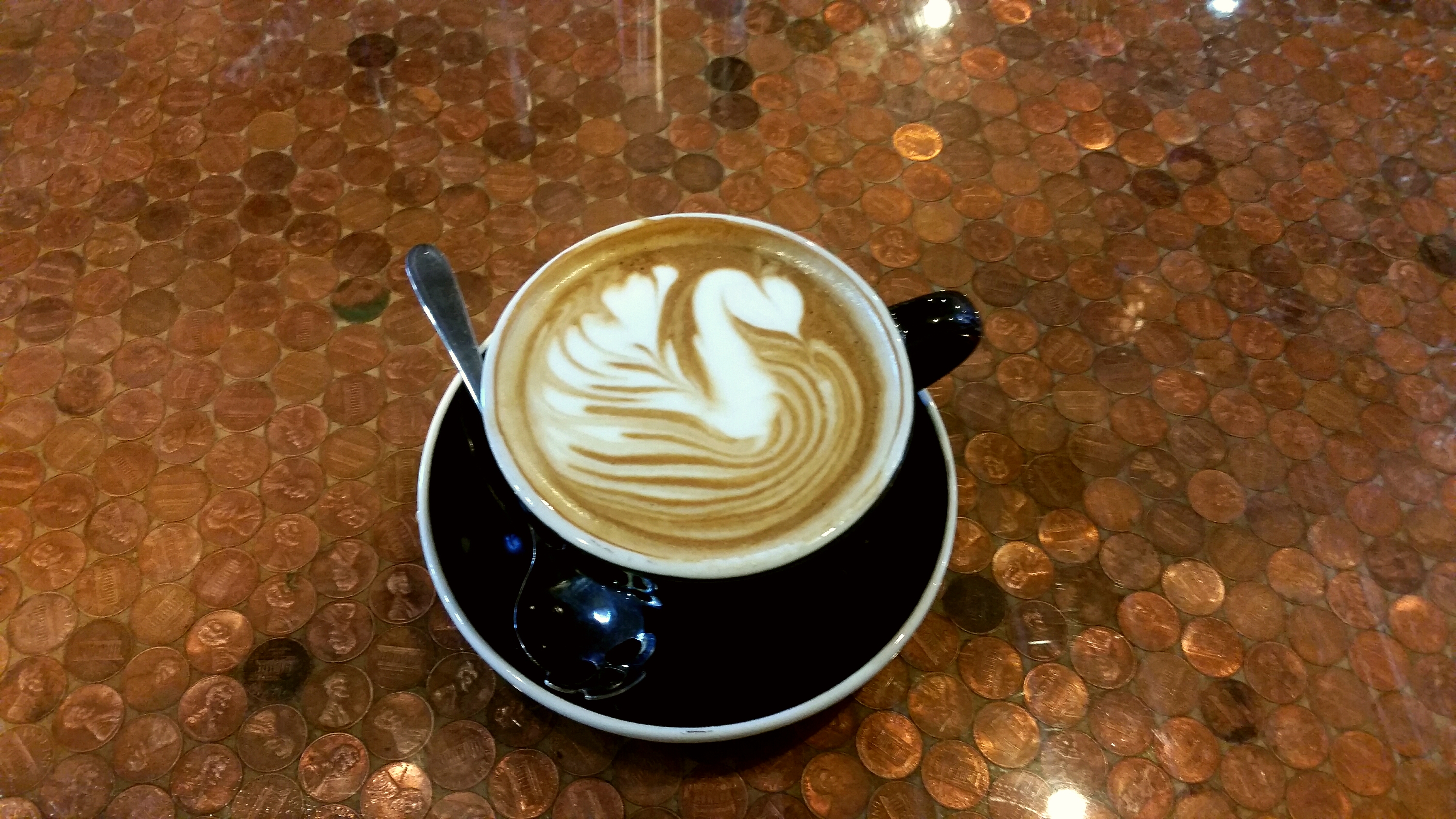
Artisan cafe is proud to feature high quality, exotic equipment such as cold drip towers, siphon pots, and, of course, a Slayer espresso machine. In order to maximize the coffee experience for our beloved patrons, an effort has been made to provide high quality in every dimension of the aesthetic adventure. Gluten free and vegan pastries from Onion Maiden and Om Nom Bakery are also available to accompany your libations.
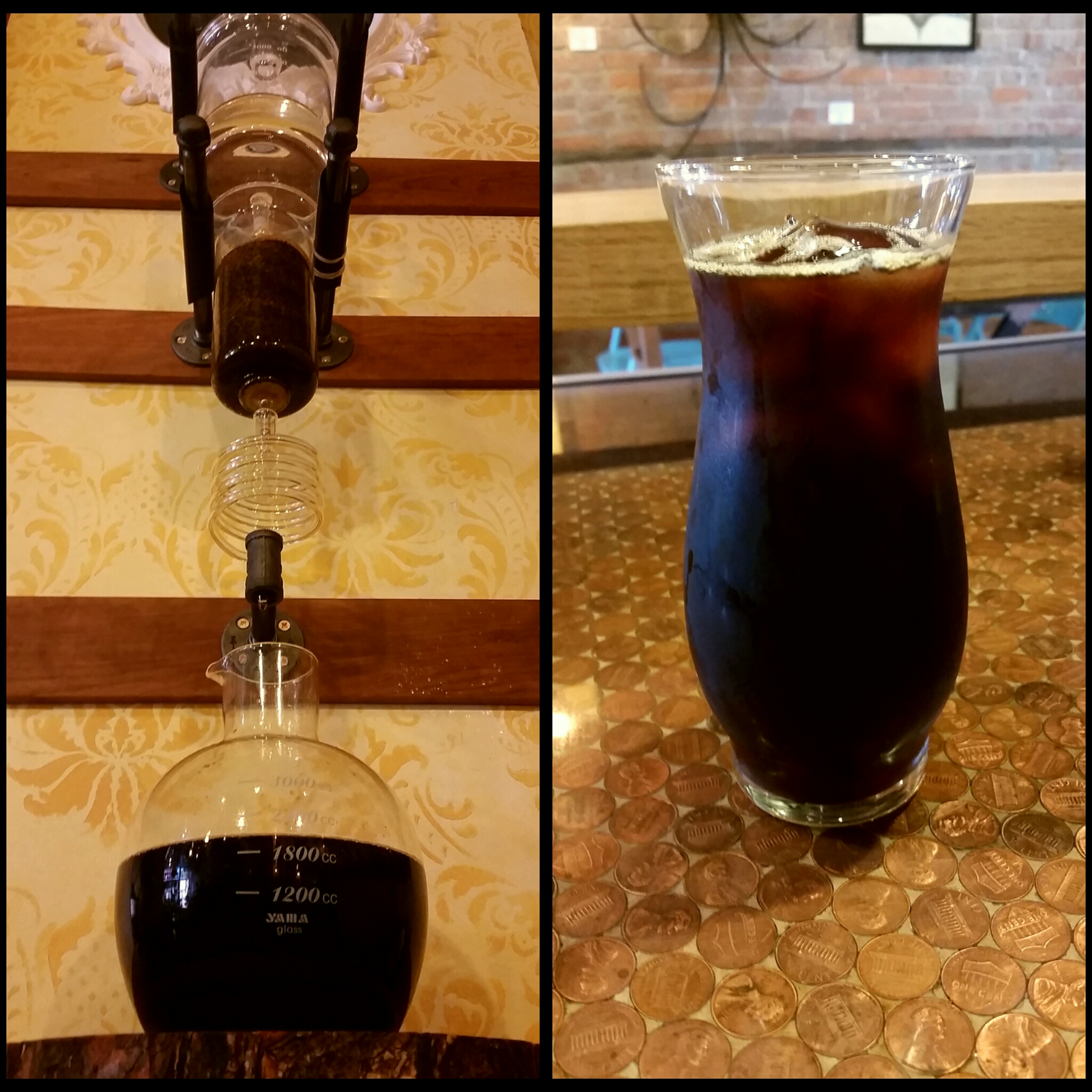
Recently Tyler and Artisan Cafe were featured in Steel This magazine, where he delivered to its readers a delicious delight. This carefully crafted cocktail is a take on the whiskey sunrise called Wake the Dead. It has fresh orange, Grand Marnier, cold brew coffee, and Wigle Whiskey. Behold the Resurrection!
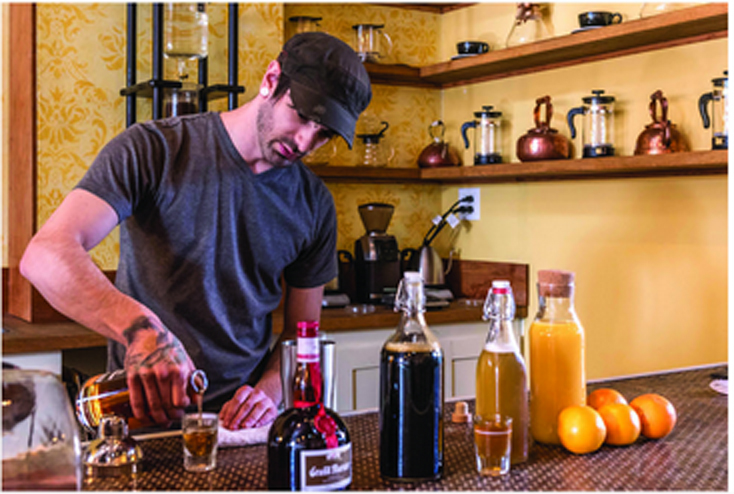
Artisan Cafe’s hours are 8am to 7pm Monday through Saturday. During Unblurred, Artisan Cafe will be open until the end of the event, which tends to conclude around 10 to 11 pm. We look forward to seeing you!


